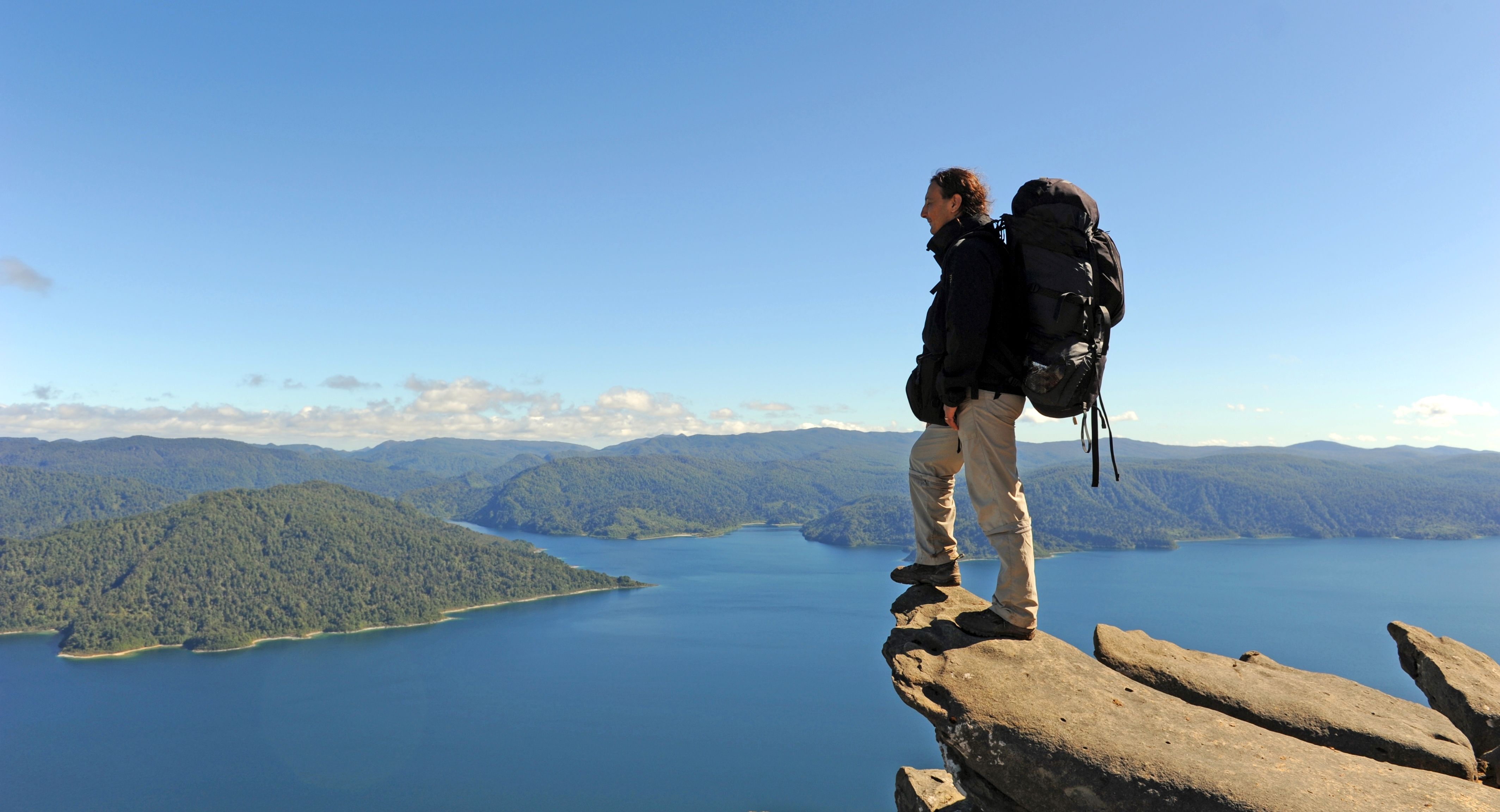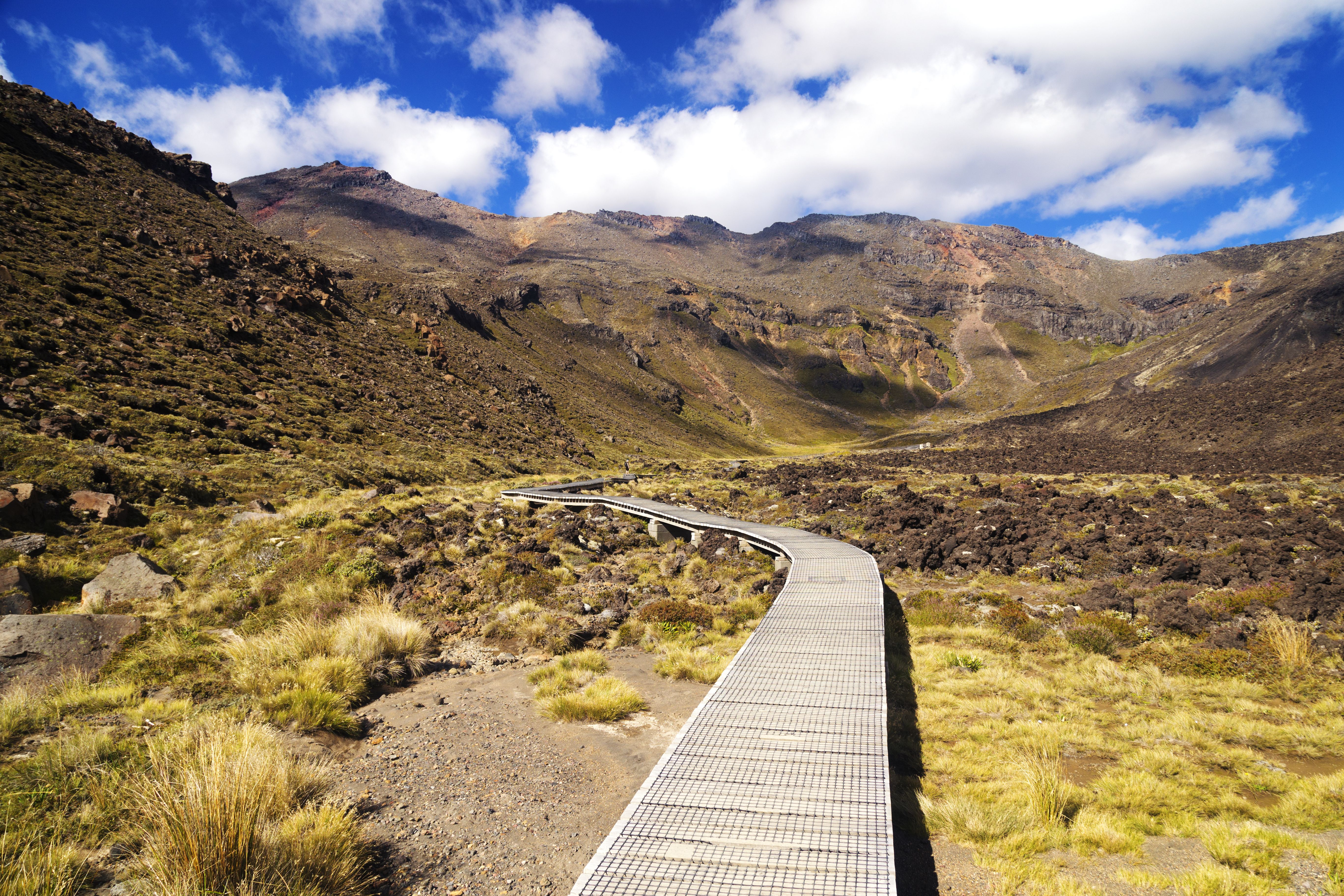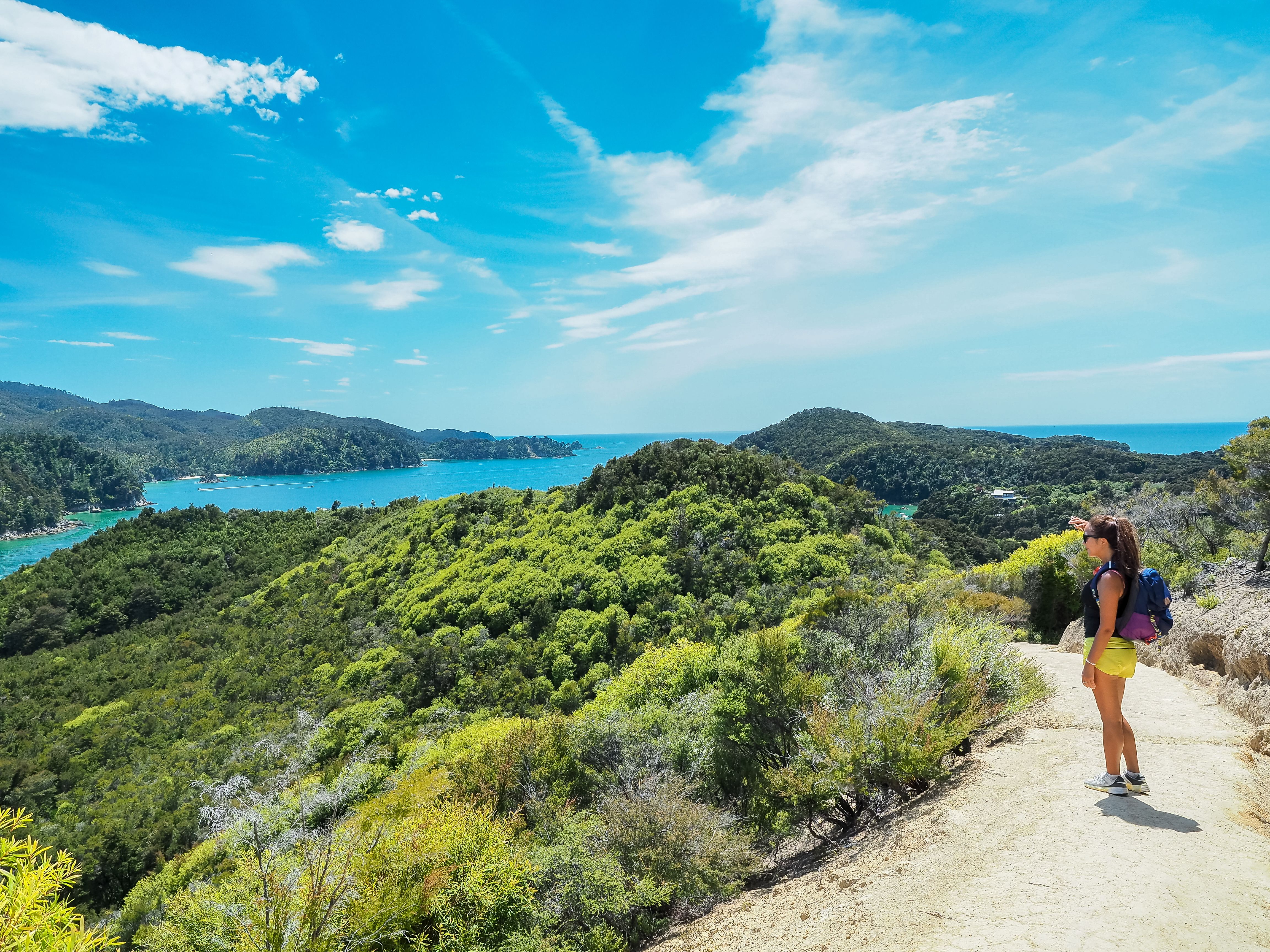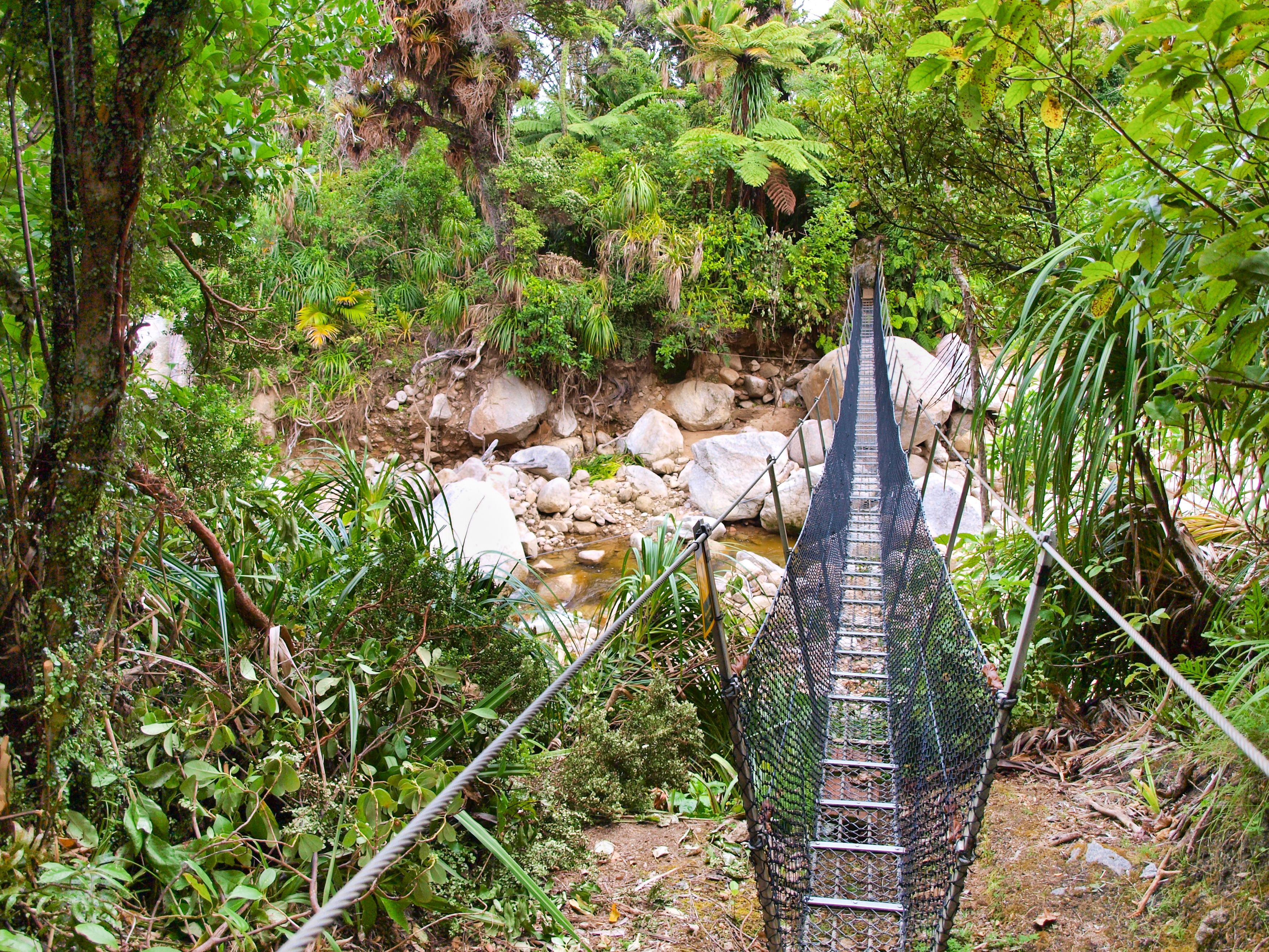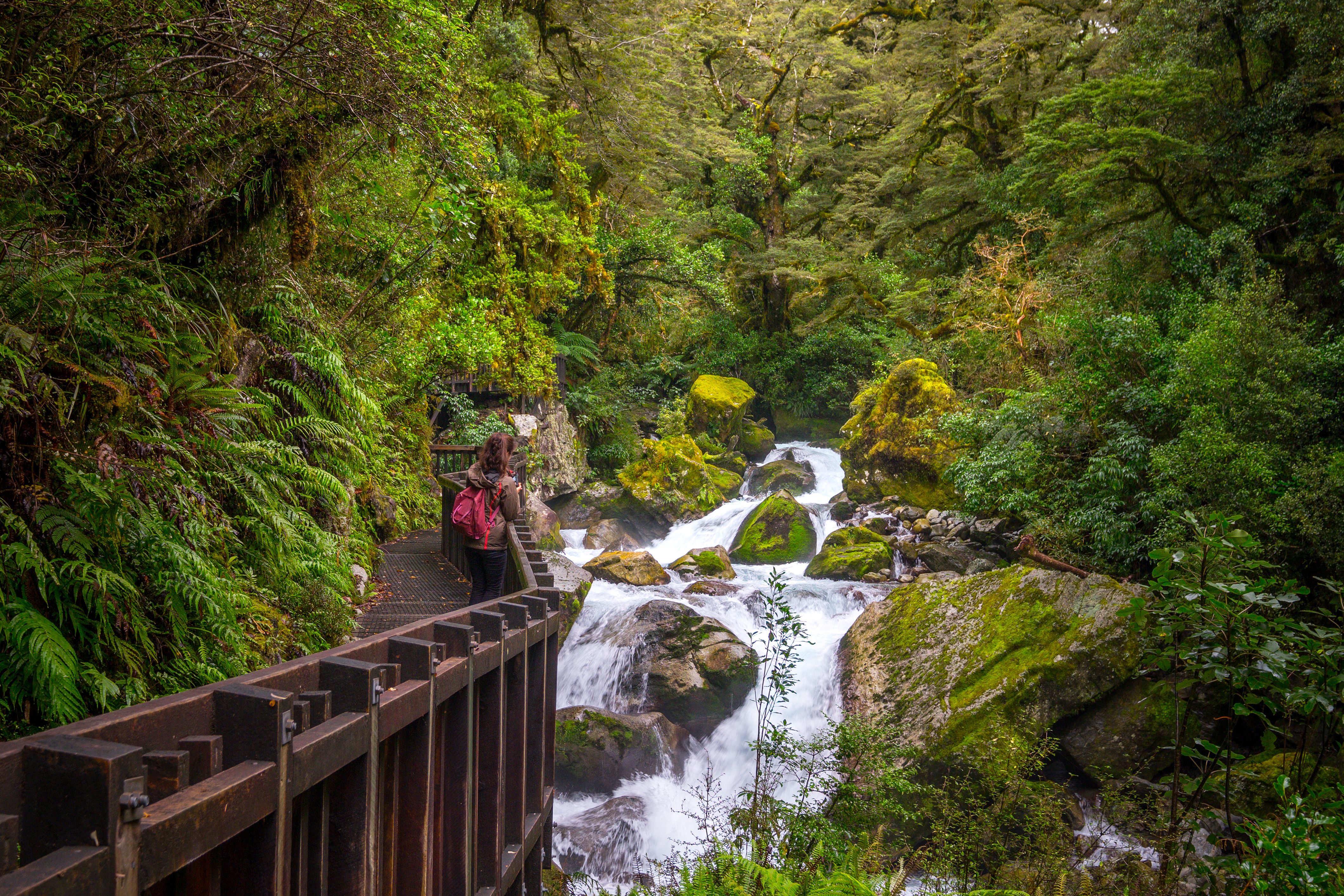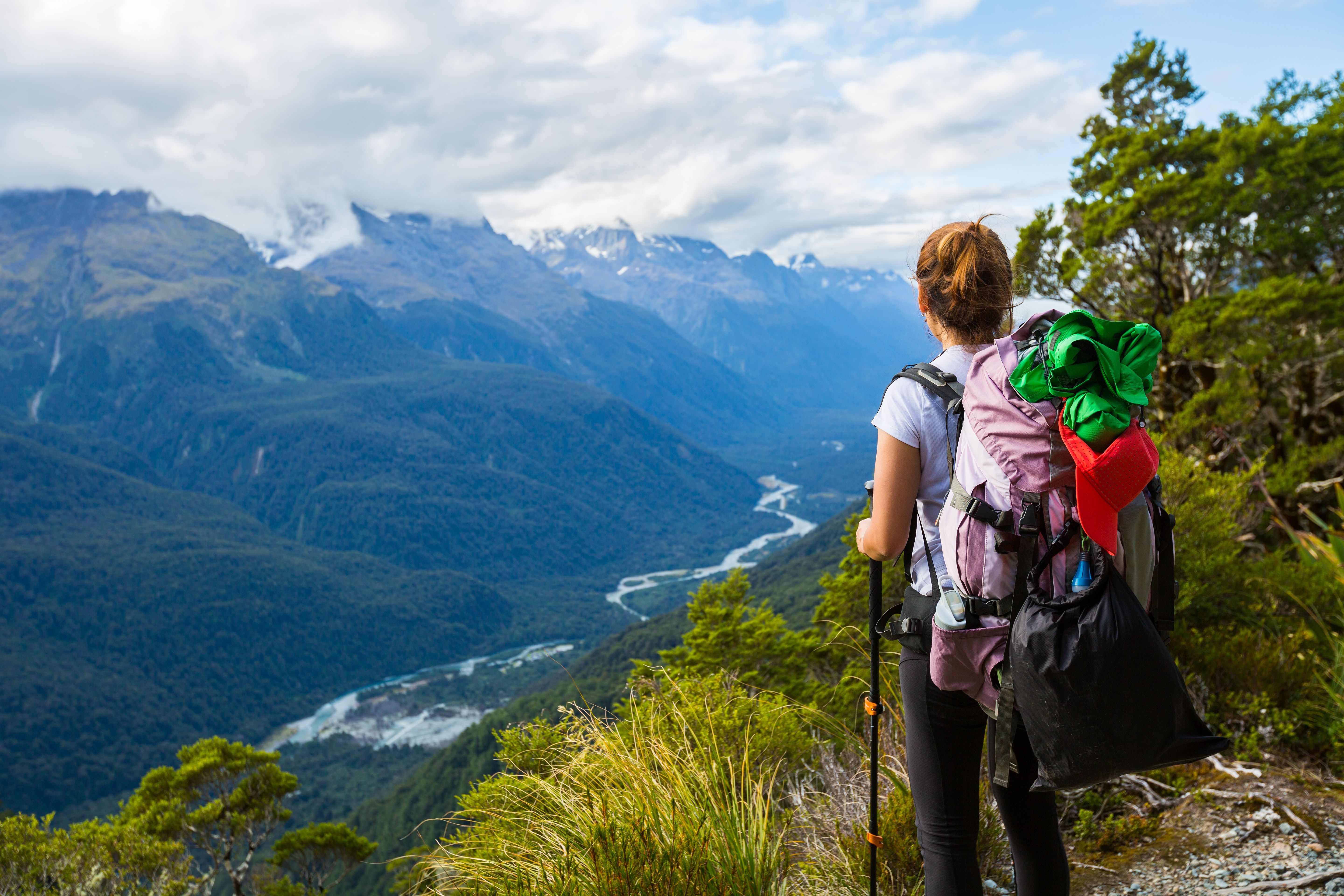The islands of New Zealand are a dream destination among trekkers, backpackers, and outdoor adventurists. A solid way to measure your ability against the wilds of both the North and South islands is to tackle one, or more, of the nine Great Walks that pass through the country’s National Parks, open beaches, and lush rainforests.
Beautiful and challenging, each walk pulls you away from civilization and into the wild. As they’re not for the faint of heart, train at home and hone your backpacking skills – or you’re going to have a rough time from the get-go. Here’s a rundown of each incredible trek:

